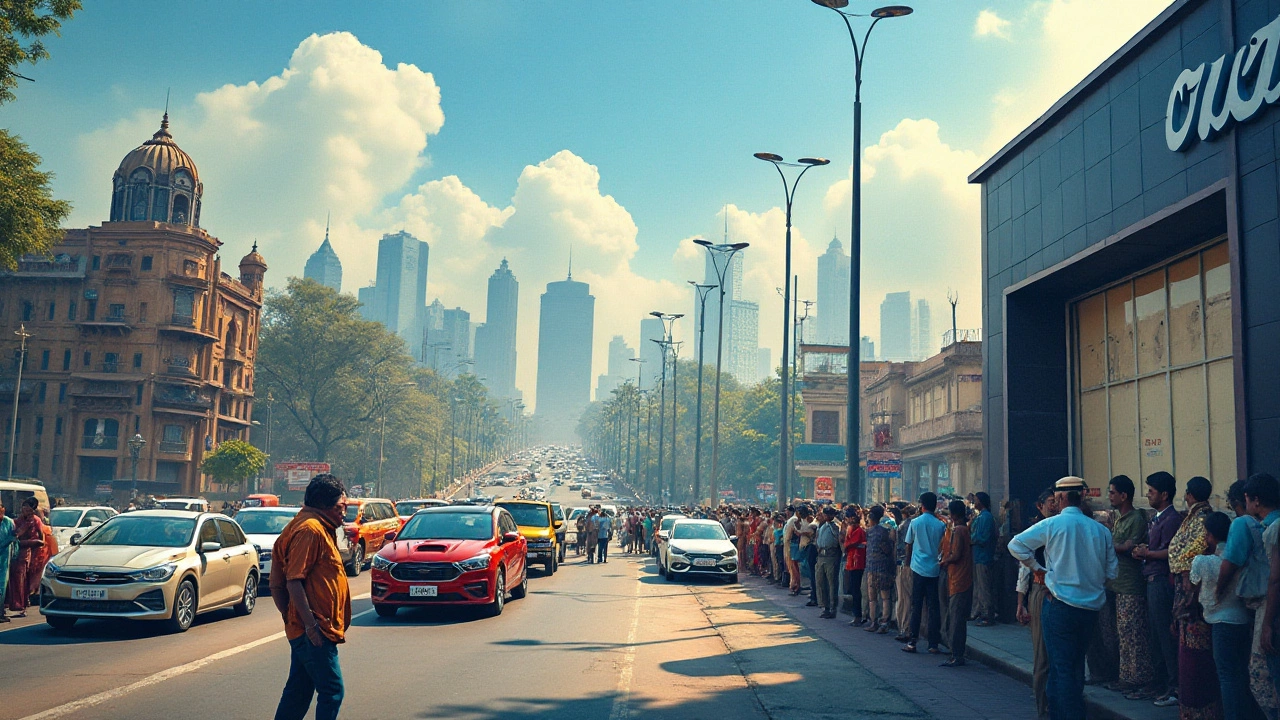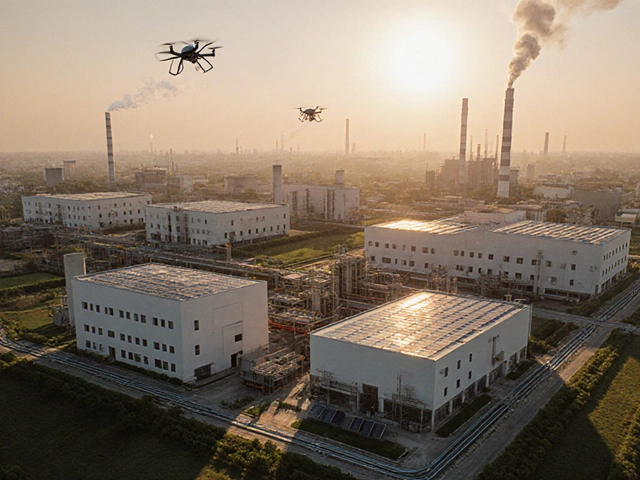Ford India – What the Brand Means for Indian Drivers
If you’ve ever walked past a showroom in Mumbai or Delhi and seen the bold blue badge, you know Ford still has a presence in India. But what does that really look like on the ground? Let’s break down the key points: where Ford builds cars, which models are still on the road, and how the brand is adapting to new trends like electric mobility.
Where Ford Makes Cars in India
Ford operates a modern plant in Chennai, the city that’s become India’s automotive hub. The factory, opened in 2010, focuses on building compact SUVs and hatchbacks that match Indian buying patterns – smaller size, good fuel economy, and a price tag that feels right for the middle class. Over the years the plant has added newer lines for the EcoSport and the latest Mustang Mach‑E, showing Ford’s push to blend local manufacturing with global tech.
Why does local production matter? First, it cuts import duties, which can add 30‑40% to a car’s price. Second, it lets Ford respond faster to market shifts – a new color option or a safety upgrade can roll off the line in weeks rather than months. Finally, the Chennai plant creates jobs for thousands of skilled workers, reinforcing the brand’s role in the Indian economy.
Popular Models and What Buyers Like
The EcoSport is still the bestseller for Ford in India. Its compact SUV shape fits city traffic, while the high ground clearance handles occasional potholes. Buyers also appreciate the car’s tech suite – touchscreen infotainment, dual‑zone climate, and a decent safety package.
For those craving performance, the Mustang remains an aspirational icon. Though it’s a niche product, the Mustang’s V8 roar turns heads on Indian highways and adds a premium halo to the brand. Meanwhile, the upcoming electric Mustang Mach‑E signals Ford’s commitment to the EV wave, a segment the Indian government is heavily promoting with subsidies and tax breaks.
One common question is whether Ford’s pricing is competitive. The answer is mixed. On paper, the EcoSport’s price is comparable to rivals like the Hyundai Creta, but after dealer discounts and financing offers, the total cost can be slightly higher. Still, many buyers stick with Ford because of the brand’s perceived reliability and strong after‑sales network.
Beyond the cars themselves, Ford India is investing in digital services. The company’s mobile app lets owners schedule service appointments, track fuel efficiency, and even locate nearby charging stations for the Mach‑E. These tools help keep the brand relevant in a market where tech‑savvy consumers expect more than just a vehicle.
So, what’s the future? Ford has announced plans to expand its EV lineup, aiming for at least three fully electric models by 2027. The company also wants to deepen collaborations with local suppliers, reducing costs and boosting supply chain resilience. If those moves stick, Ford could regain some of the market share it lost after scaling back production in the early 2020s.
Whether you’re a first‑time buyer, an enthusiast, or just curious about the automotive scene, understanding Ford’s role in India helps you see the bigger picture of how global brands adapt to local demands. Keep an eye on the brand’s new launches, especially the electric vehicles, because they’ll likely shape the next chapter of Indian mobility.
Why Ford Exited India: A Closer Look at its Decision
Ford's exit from India marked a significant shift in the automotive landscape, influencing both local economies and consumer options. The decision was driven by multiple factors, including financial losses, competitive pressures, and market dynamics. This article will delve into the reasons behind Ford's departure, the impact on stakeholders, and what the future holds for the Indian automotive industry. It aims to provide a comprehensive understanding of this pivotal moment.
Read More




